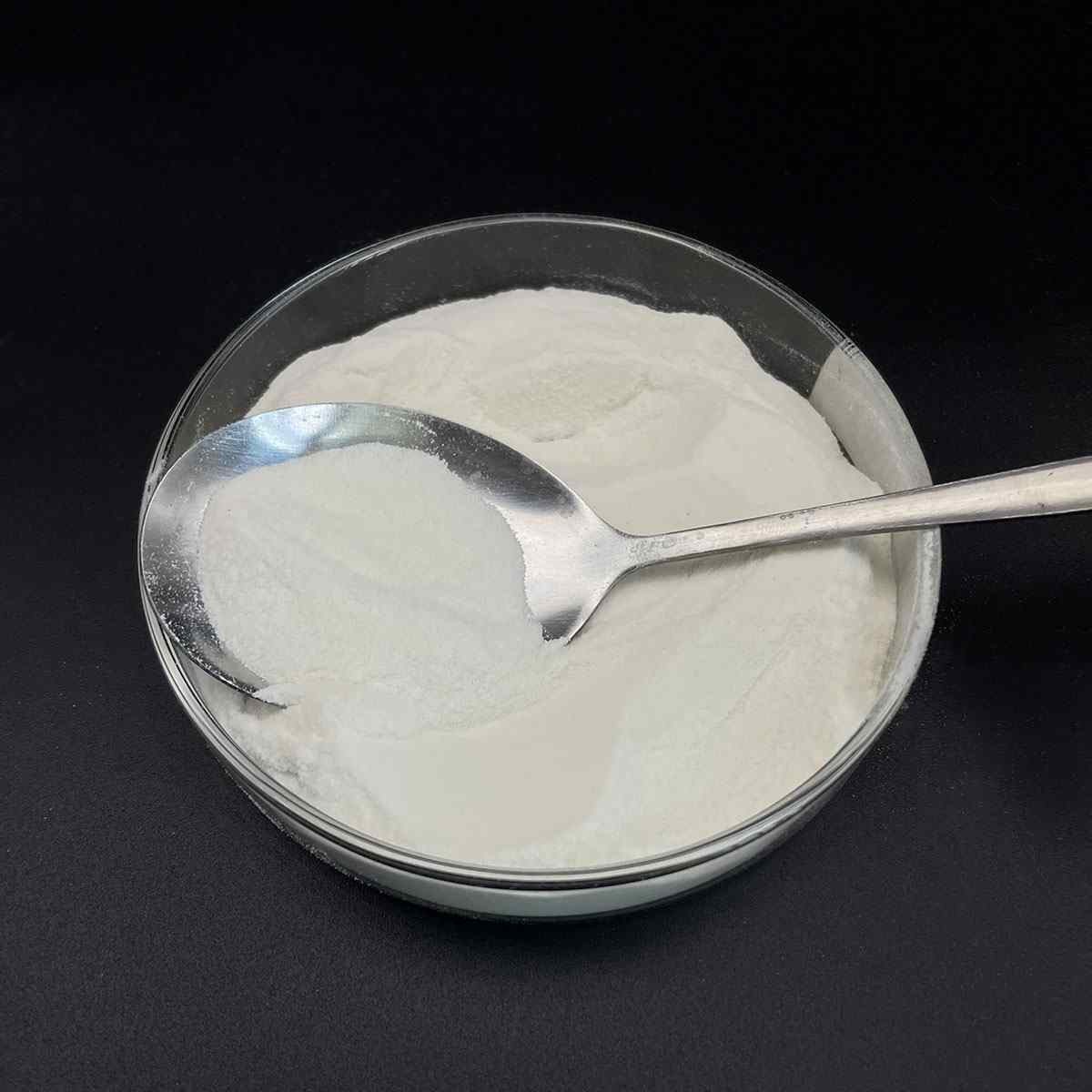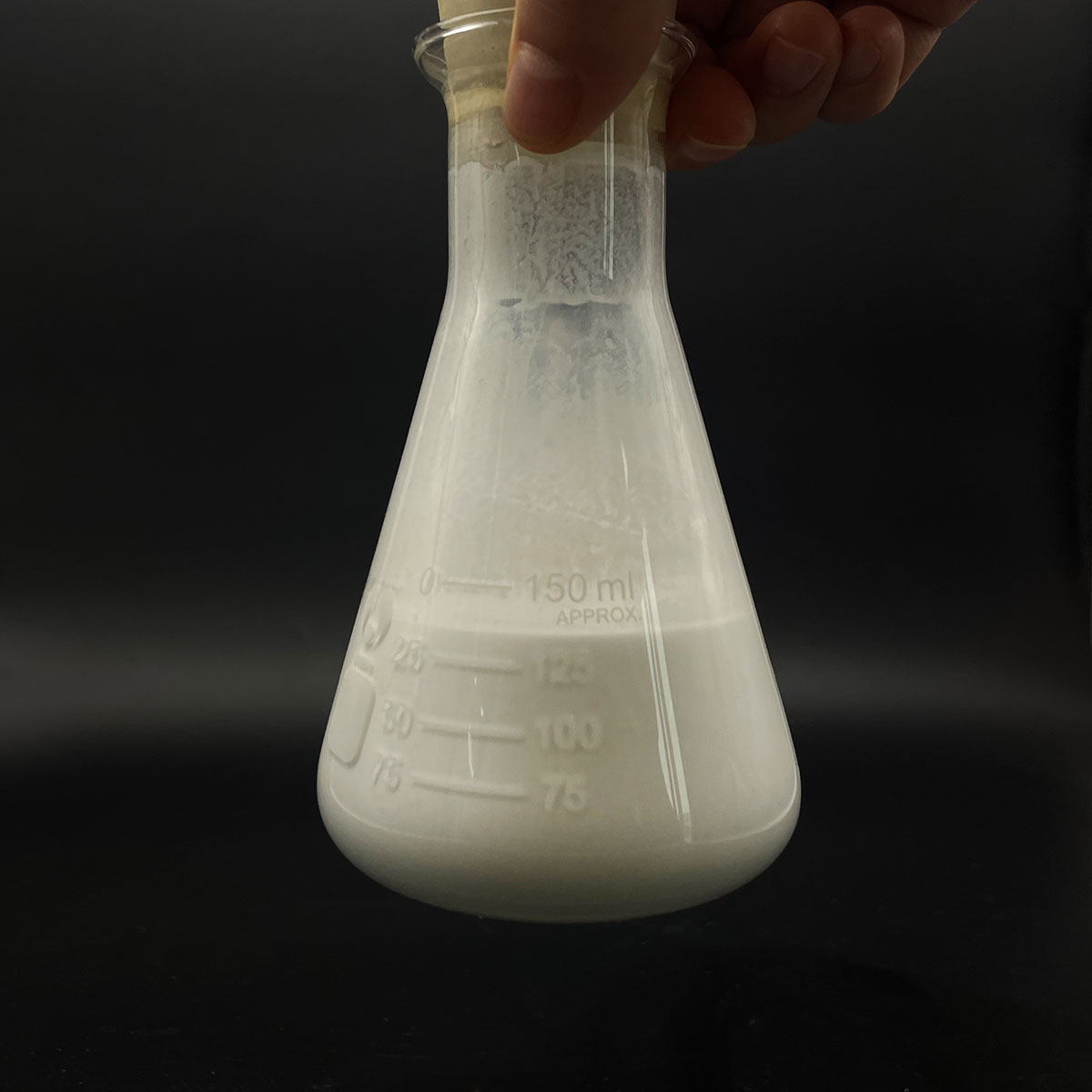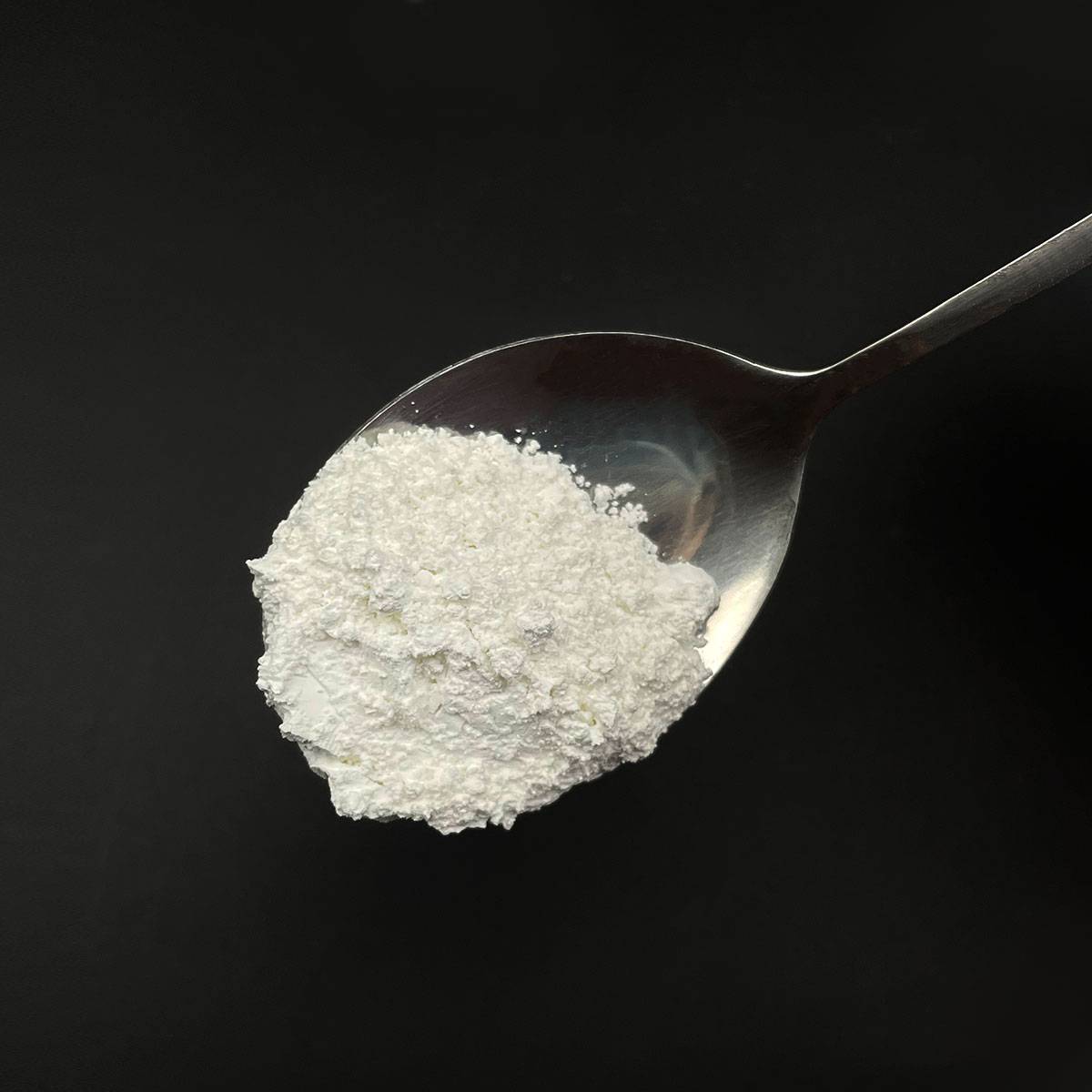1. Introduction
In the past 48 hours, a viral TikTok trend has reignited public concern about sodium lauryl sulfate (SLS) in everyday products—from shampoos to weed killers—after a popular skincare influencer shared a before-and-after video showing reduced scalp irritation after switching to SLS-free formulas. This surge in interest highlights a growing demand for practical, at-home solutions to replace harsh surfactants without sacrificing cleaning power. If you’ve ever wondered how to swap out SLS sodium lauryl sulfate for milder options or troubleshoot issues like dryness, foaming inconsistency, or poor herbicide adhesion, this guide is for you.

Sodium lauryl sulfate—also known as sodium dodecyl sulfate, na lauryl sulfate, or natrium lauryl sulfate—is a powerful anionic surfactant widely used for its foaming and cleansing abilities. But its reputation for causing skin and eye irritation has led many formulators and consumers to seek alternatives. Fortunately, with the right knowledge, you can reformulate your DIY products using gentler surfactants like decyl glucoside, coco glucoside, or amphoteric options such as cocamidopropyl betaine (also called coco betaine or amidopropyl betaine).
2. Understanding Surfactants and SLS
Before replacing sodium lauryl sulfate, it’s essential to grasp the meaning of surfactant. A surfactant—short for ‘surface-active agent’—is a molecule that reduces surface tension between liquids or between a liquid and a solid. This allows water to spread and penetrate more easily, which is why surfactants are key in everything from shampoos to lawn wetting agents.
SLS is an anionic surfactant, meaning it carries a negative charge. Other common anionic surfactants include sodium laureth sulfate (also called sodium lauryl ether sulfate or sodium lauryl ether sulphate), ammonium lauryl sulfate, and sodium lauroyl sarcosinate. In contrast, cationic surfactants like cetyl trimethyl ammonium bromide (CTAB) carry a positive charge and are often used as conditioners. Non-ionic surfactants—such as polysorbate 80, Span80, Pluronic 127, and ethoxylated alcohols—have no charge and are prized for compatibility. Amphoteric surfactants like cocamidopropyl betaine can switch charges depending on pH, making them ideal for gentle formulations.
3. Step-by-Step Guide to Replacing SLS

3.1. Identify Your Current SLS Source
Check labels for any of these names: sls sodium lauryl sulfate, sls sodium, sls sulfate, lauryl sulfate, or sodium dodecylbenzene sulfonate. Note that sodium laureth sulfate (SLES)—sometimes listed as laureth sulfate, sulphate laureth sulfate, or sls sodium laureth sulfate—is chemically different from SLS but often confused with it. While SLES is milder, both are anionic and may still irritate sensitive skin.
3.2. Choose a Suitable Replacement Based on Use Case
- For personal care (shampoo, body wash): Opt for mild, biodegradable options like sodium cocoyl isethionate, sodium lauroyl methyl isethionate, coco sodium sulfate, or alkyl polyglucoside (e.g., decyl glucoside or coco glucoside). These are bio surfactants derived from coconut or glucose and work well with amphoteric co-surfactants like cocamidopropyl betaine to boost foam and reduce irritation.
- For herbicides or agricultural use: Use a surfactant for weed killer that enhances leaf penetration without phytotoxicity. Methylated seed oil or nonionic surfactants like lignin sulfonate or ethoxylated alcohol are common. Avoid anionic cationic mixes unless specifically formulated—they can destabilize the solution.
- For household cleaners: Sodium coco sulfate or sodium oleate can provide strong degreasing power with less irritation than SLS.
3.3. Adjust Formulation Ratios

Most SLS replacements aren’t 1:1 substitutes. For example, alkyl polyglucosides foam less on their own, so blend with 2–5% cocamidopropyl betaine to improve lather. In herbicide mixes, use 1–2 teaspoons of nonionic surfactant per gallon of water—never exceed manufacturer guidelines, as too much can damage plants.
3.4. Test Stability and Performance
After reformulating, check for separation, pH shifts (ideal range: 5–7 for skin products), and foaming consistency. If your shampoo feels slimy, you may have too much nonionic surfactant. If your weed killer beads up on leaves, increase the wetting agent concentration slightly.
4. Common Problems and Solutions
Problem: My SLS-free shampoo doesn’t lather well. Solution: Add 3% cocamidopropyl betaine and ensure water isn’t too hard—minerals can inhibit foam.
Problem: Herbicide isn’t sticking to waxy leaves. Solution: Switch from anionic surfactants to a nonionic surfactant like polysorbate 80 or methylated seed oil, which act as effective lawn wetting agents.
Problem: Skin still feels dry after switching. Solution: Avoid sodium laureth (which may contain 1,4-dioxane impurities) and choose true bio surfactants like sodium cocoyl glutamate or lauroyl sarcosinate.
Note: Never mix anionic and cationic surfactants directly—they can form insoluble complexes and lose effectiveness. If you need both (e.g., for conditioning and cleansing), use an amphoteric bridge like amidopropyl betaine.
5. Where to Source Ingredients
Reputable suppliers like Rohit Surfactants Private Limited offer sodium lauryl sulfate for sale, but also carry gentler alternatives including sodium coco sulfate, decyl glucoside, and sodium lauroyl sarcosinate. For small-batch DIYers, look for cosmetic-grade surfactants from certified vendors—avoid industrial-grade materials like copper 1 bromide or fluoro surfactants, which aren’t safe for personal use.
6. Conclusion
Replacing sodium lauryl sulfate doesn’t mean sacrificing performance. By understanding surfactant types—anionic, cationic, nonionic, and amphoteric—and selecting the right alternatives for your specific application, you can create effective, skin-friendly, and eco-conscious formulations. Whether you’re crafting a sulfate-free shampoo or optimizing a weed killer mix, this step-by-step approach ensures you stay in control of what goes into your products—and onto your skin or lawn.
Our Website founded on October 17, 2012, is a high-tech enterprise committed to the research and development, production, processing, sales and technical services of ceramic relative materials such as How. Our products includes but not limited to Boron Carbide Ceramic Products, Boron Nitride Ceramic Products, Silicon Carbide Ceramic Products, Silicon Nitride Ceramic Products, Zirconium Dioxide Ceramic Products, etc. If you are interested, please feel free to contact us.


